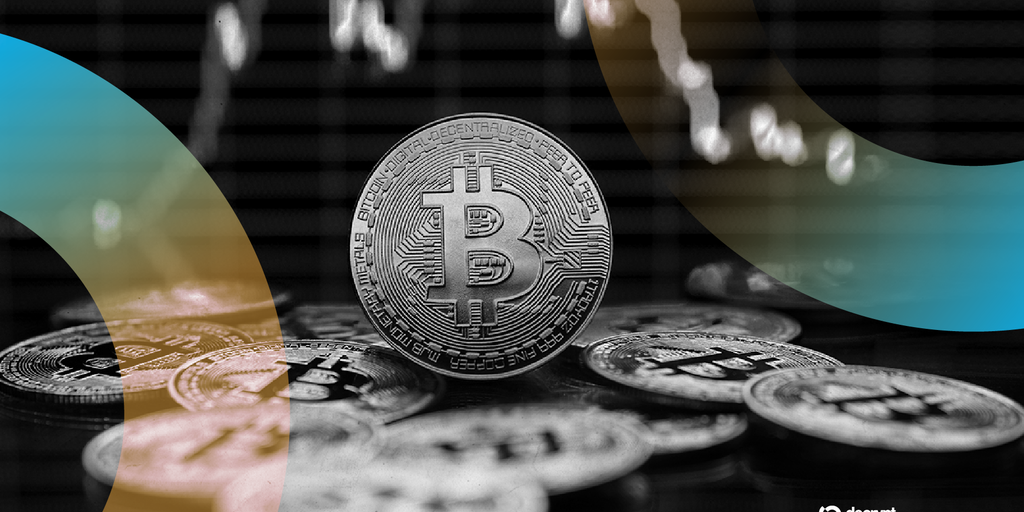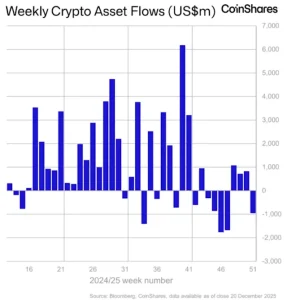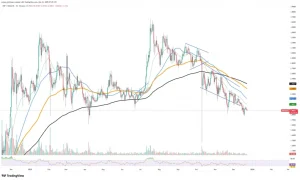JPMorgan Warns Bitcoin Undervalued Against Gold Amid Renewed Market Weakness

Bitcoin’s latest price retreat has reignited a familiar debate about its valuation relative to traditional assets like gold. Analysts at JPMorgan contend that the cryptocurrency remains significantly undervalued, asserting that its current price—hovering near $68,000—fails to reflect its long-term potential compared with gold’s market capitalization. Despite recent dips in both digital assets and equities, institutional analysts see this correction as part of a broader macro adjustment rather than a structural weakness in Bitcoin. Their assessment sheds light on the evolving interplay between inflation hedges, investor sentiment, and global liquidity cycles.
Bitcoin’s Price Struggles Against Market Headwinds
The cryptocurrency market once again found itself under pressure this week as Bitcoin slipped toward the $68,000 range. This decline coincided with a broader risk-off sentiment across global markets, triggered by ongoing concerns about inflation, slowing growth, and uncertain central bank policy signals.
Despite the recent softness, JPMorgan analysts argue that Bitcoin’s current level remains “too low” when viewed through a comparative lens against gold. According to the firm’s models, the price of Bitcoin should ideally be closer to the $100,000 mark, assuming its role as “digital gold” continues to strengthen over time.
The correlation between Bitcoin and equity indices has tightened in recent months, indicating that investor risk appetite—not blockchain fundamentals—continues to drive short-term volatility.
Gold’s Strength Highlights Bitcoin’s Discount
Gold has outperformed most major assets this year, climbing to near-record highs amid persistent inflation and geopolitical instability. Its resilience has reaffirmed its reputation as a safe-haven store of value. JPMorgan’s analysts used this rally as a benchmark to evaluate Bitcoin’s relative valuation.
When comparing the total market capitalization of both assets, Bitcoin remains a fraction of gold’s approximately $16 trillion global market size. If Bitcoin were to capture even a modest share of that market—say, 10%—its theoretical valuation would imply a price well above $150,000 per coin.
However, this remains a long-term projection contingent on institutional adoption, favorable regulation, and broader acceptance of Bitcoin as a hedge against currency debasement.
Institutional Sentiment Remains Divided
While JPMorgan’s position underscores optimism about Bitcoin’s structural value, not all analysts share the same enthusiasm. Some fund managers argue that Bitcoin’s volatility undermines its role as a reliable hedge against macroeconomic shocks.
Institutional inflows into Bitcoin exchange-traded products have softened in recent weeks, reflecting investor caution after a strong rally earlier this year. Market observers note that liquidity remains uneven, with trading volumes thinning outside U.S. trading hours—a sign that retail participation may still dominate the market.
Nonetheless, Bitcoin’s integration into mainstream financial infrastructure continues to progress. Growing adoption by major asset managers, the proliferation of spot ETFs, and custodial innovations indicate a maturing asset class poised for broader legitimacy.
The Broader Economic Context
Global markets have been struggling to find equilibrium amid persistent inflation, rising fiscal deficits, and concerns about policy missteps by central banks. Equities have witnessed renewed volatility, while bond yields remain stubbornly elevated. In this environment, non-yielding assets such as gold and Bitcoin often attract capital as hedges against systemic risk.
JPMorgan analysts emphasize that Bitcoin’s underperformance relative to gold does not necessarily signal weakness, but rather a temporary dislocation caused by macro constraints. They argue that once interest rates begin to decline and liquidity improves, Bitcoin could regain momentum as investors reprice risk across asset classes.
Outlook: A Long-Term Value Play
While Bitcoin’s short-term trajectory remains clouded by market uncertainty, the long-term thesis articulated by JPMorgan suggests that its intrinsic value may be underappreciated. The comparison to gold serves as both a warning and an opportunity—highlighting how market cycles can obscure underlying trends in digital-asset adoption.
If macroeconomic conditions stabilize and institutional demand resumes, Bitcoin may yet close the valuation gap. For now, its $68,000 price tag may represent more than just another correction—it could mark a pivotal entry point for investors with a long-term horizon and conviction in the asset’s evolving role in global finance.




